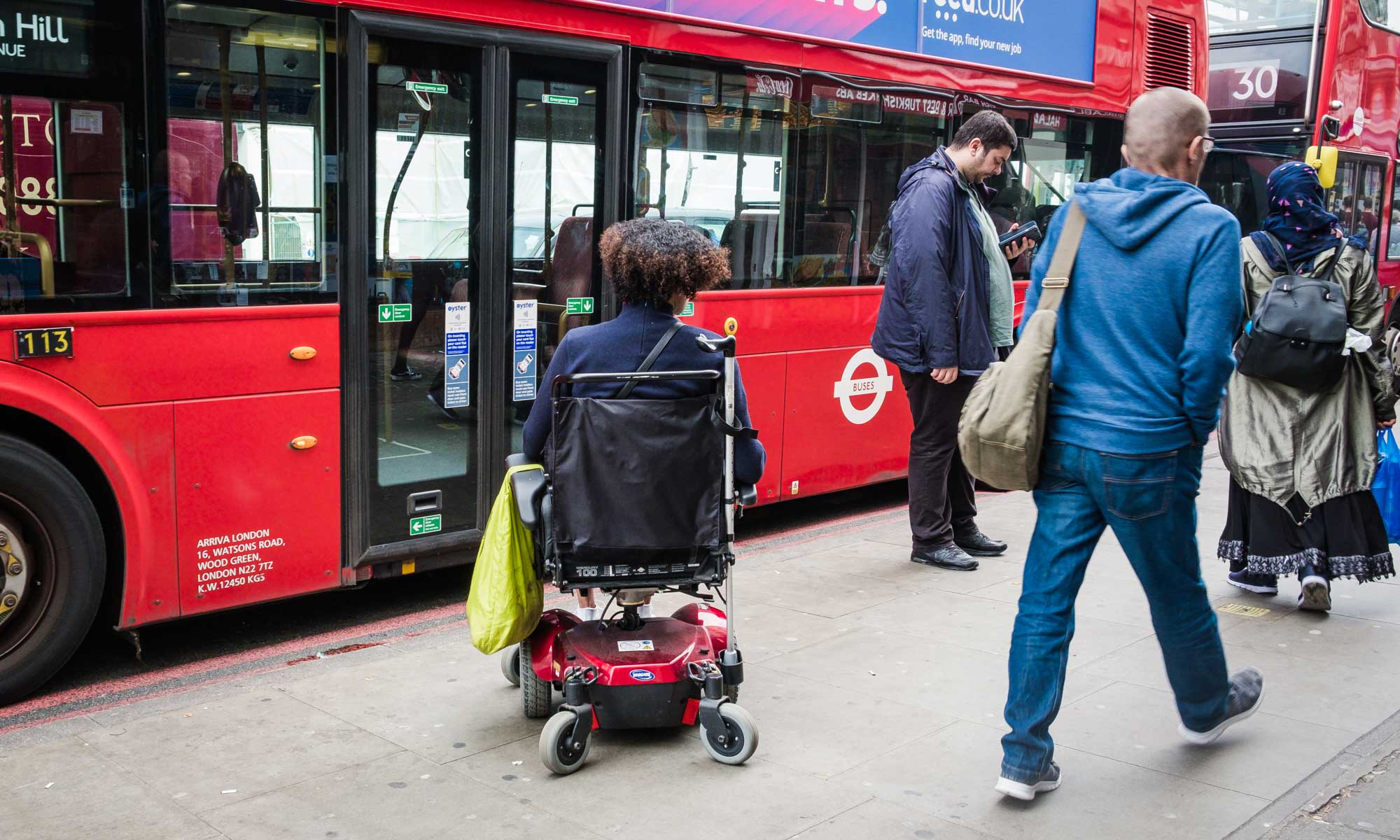Who is disabled?
Disability is defined in different ways depending on the context. We explain the Social Model of Disability and introduce the definition provided by the Equality Act 2010, see below.
We understand that many people may not define themselves as disabled but do have conditions which impact on their lives. We aim to include as many people with impairments or health conditions as possible to ensure the research is representative of the wide range of issues and identities within the legal profession.
The Social Model of Disability
The disability movement uses the Social Model, which states that a person with an impairment or health condition is disabled by barriers in wider society – or the workplace in the context of this project. Barriers may include negative attitudes, lack of physical access, poor understanding of the impact of health conditions and impairments and a lack of reasonable adjustments to support people to do their work. In order to address disability, society must change to become more accessible and inclusive.
More information on the social model and its importance to disabled people can be found on the Disability Wales website.
The approach of the ‘Legally Disabled?’ project is rooted in the Social Model of disability. We seek to understand how legal professionals with impairments or long-term health conditions are disabled by lack of access, poor understanding and negative attitudes from within the legal profession. Our research aims to support the profession to remove disabling barriers and create inclusion for disabled legal professionals.
The Medical Model of Disability
Alternatively, the definition outlined in the Equality Act 2010 states that a person is disabled if they have a physical or mental impairment that has a ‘substantial’ and ‘long-term’ negative effect on their ability to do normal daily activities. This is related to the medical model of disability which identifies the individual’s impairment or health condition as the ‘problem’ that needs fixing to make that person better meet the expectations of wider society.
The Equality Act 2010 includes:
- Sight and hearing impairments
- conditions where the effects vary over time or come in episodes such as osteoarthritis, rheumatoid arthritis, fibromyalgia and ME
- progressive conditions such as motor neurone disease, muscular dystrophy and forms of dementia
- conditions which affect certain organs such as heart disease, asthma, and strokes
- learning difficulties including those such as dyslexia and dyspraxia
- autistic spectrum disorders
- mental health conditions – for example, depression, schizophrenia, bipolar affective disorders, eating disorders, obsessive-compulsive disorder
- impairments due to injury to the body or brain
Automatically included under the Equality Act are:
- cancer
- HIV infection
- multiple sclerosis
- severe disfigurement
- if a consultant ophthalmologist certifies you blind, severely sight impaired, sight impaired or partially sighted.
Even if you don’t define yourself as a disabled person and you have not disclosed a health condition or impairment to an employer or colleagues, your experiences are still very valuable for us to capture so please do get touch.

